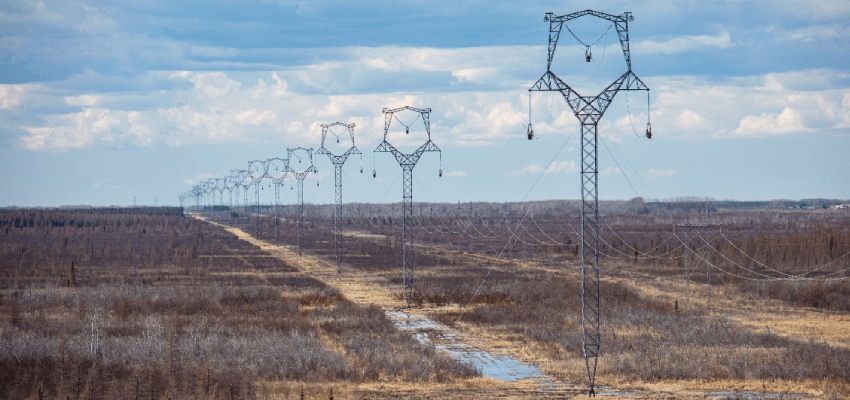Minnesota Power energises hydropower line
Minnesota Power, a utility division of ALLETE Inc., has energised its Great Northern Transmission Line, moving the company closer to 50% renewable energy.

Image source: Minnesota Power
USA, Minnesota: Minnesota Power, a utility division of ALLETE Inc., has energised its Great Northern Transmission Line, moving the company closer to 50 % renewable energy by 2021.
For Minnesota Power this means bringing online an innovative delivery and storage system for renewable energy that spans two states and one Canadian province.
The 500 kV line is now delivering 250 MW of carbon-free hydropower from Manitoba, Canada, to Minnesota Power customers.
Minnesota Power completed the Great Northern Transmission Line (GNTL) in February 2020, ahead of schedule and under budget. The 360 km (224 mi) line runs from the Canadian border in Roseau County to a substation near Grand Rapids, Minnesota. It consists of 800 tower structures which were fabricated in the United States and used 10,000 t of North American steel. The GNTL also is contributing significant property tax revenue to local communities along the route.
“This is such an incredible achievement for Minnesota Power, ALLETE, and our region, and is the culmination of a decade-long vision brought to life by our talented and dedicated employees,” said ALLETE President and CEO Bethany Owen. “The GNTL will help Minnesota Power to provide our customers with 50 % renewable energy less than a year from now. As part of our EnergyForward strategy, it also strengthens the grid across the Midwest and in Canada, enhancing reliability for all of our customers.”
The GNTL and its delivery of carbon-free hydropower are important components of Minnesota Power’s EnergyForward strategy to transition away from coal and add renewable power sources while maintaining reliable and affordable service for customers. It is also part of a broader ALLETE strategy to advance and invest in critical regional transmission and distribution infrastructure to ensure grid integrity and enable cleaner energy to reduce carbon emissions.
Source: Businesswire




